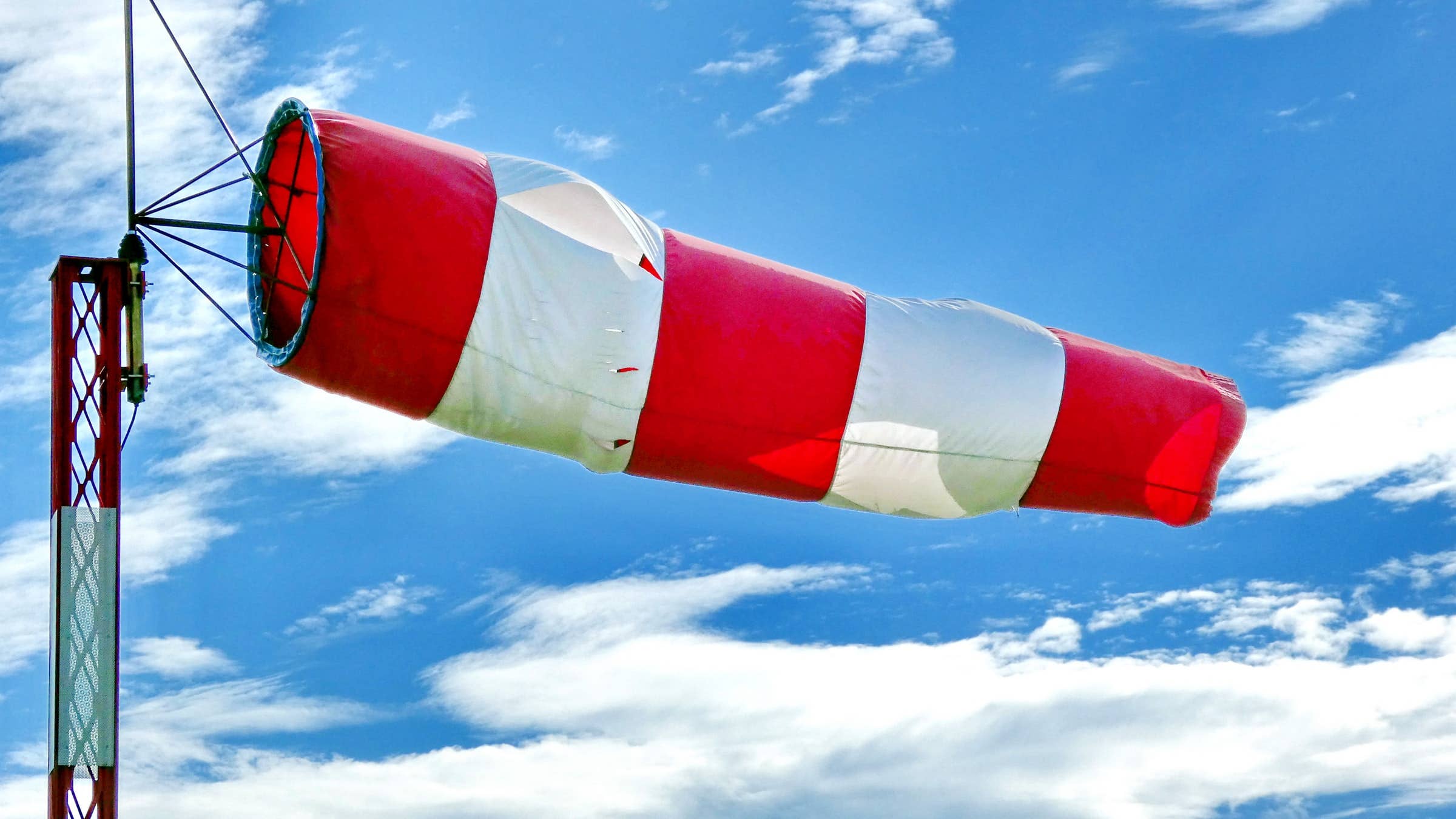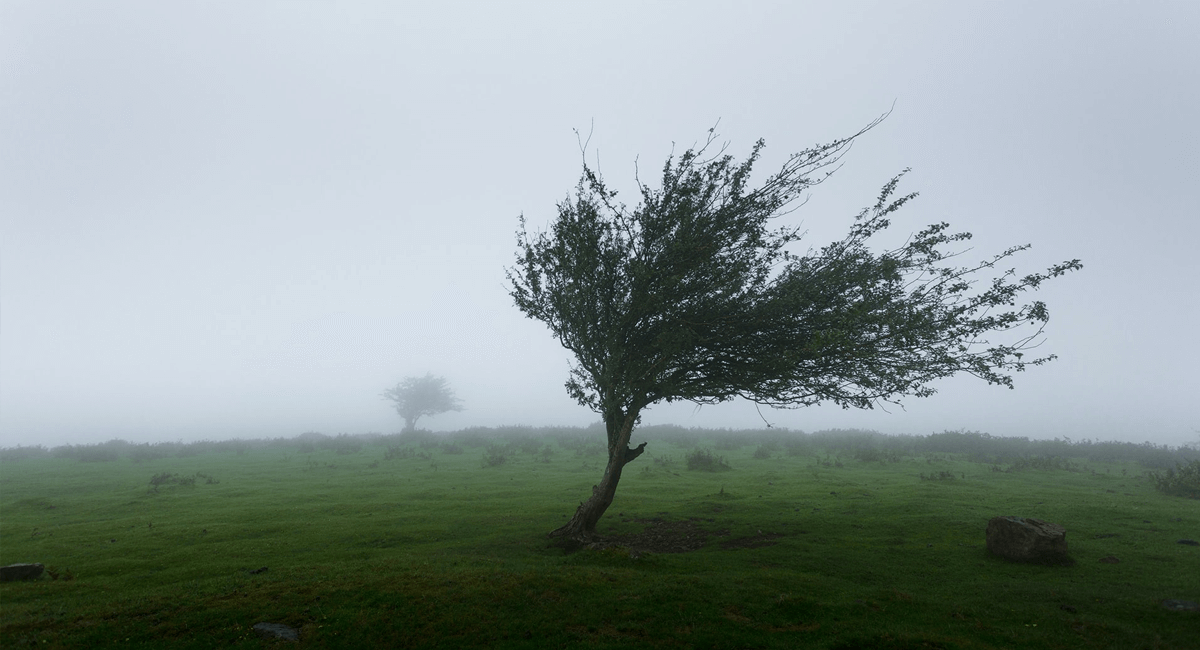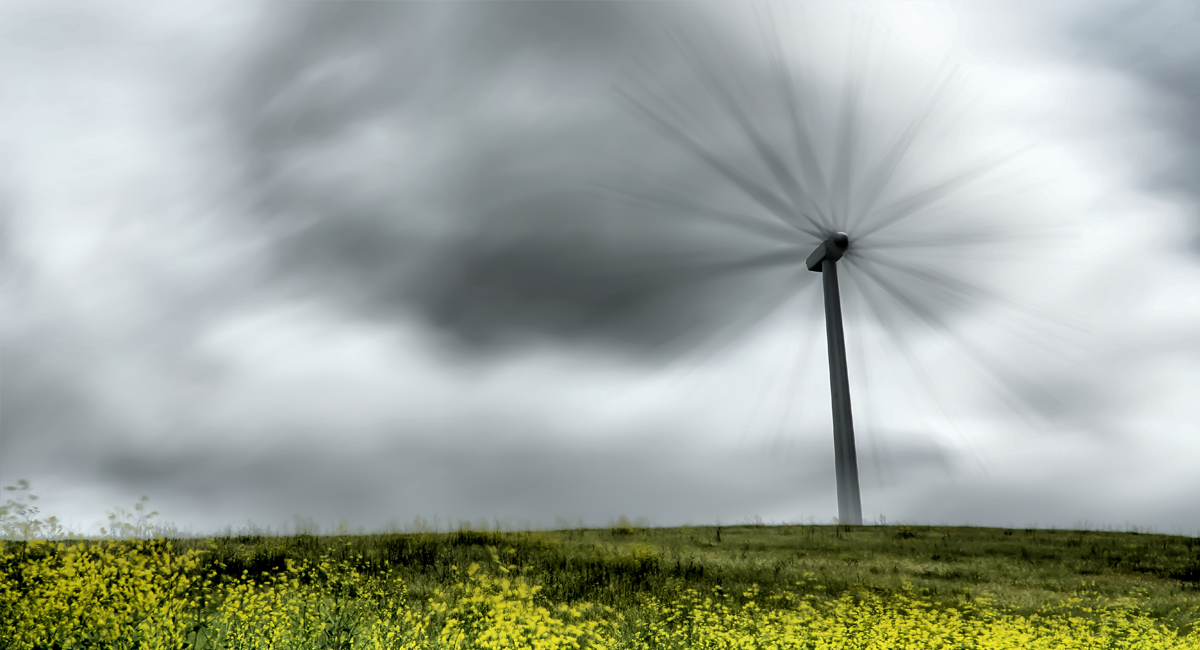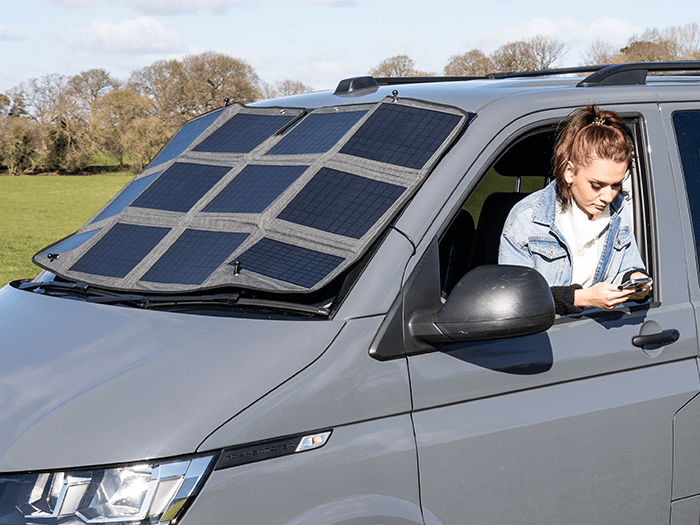We here at JK, know just how difficult and unpredictable the Great British weather can be. To avoid problems in the future, we have put together a guide that will help you drive safely during strong winds.
Wind is often coupled with other weather conditions like rain and storms, here we will tell you how you can avoid the consequences and prepare for travel if you must.
Tips for Driving in Strong Winds
As high winds occur, it’s common for the rest of the weather to take a turn for the worst, which makes travelling in winds just that more difficult. As more rain falls, there is more risk of slipping across the road, and high winds mean you could have even less control of your vehicle.
If the weather is incredibly severe, and you can work from home, it’s best to do that. It’s not just the wind itself, but the additional consequences that wind causes. As high wind tears through the landscape, this can lead to hazardous debris on the road. This includes tree branches; roof tiles and even whole trees can block your path… or the occasional trampoline goes galivanting about. All this poses the question: Is it better to just stay at home?
If you must travel, here are a few handy tips to keep yourselves safe.


Image credit to Mark König, via Unsplash
High winds
As the winds get more intense, you’ll notice more road blockages, more traffic and some roads even closed off. Before you set off on your journey, be sure to check your usual route for any disruptions. As you drive, it’s a good idea to navigate a GPS app such as Google Maps or Waze, that will give you alternative directions to follow, should you find roads blocked up ahead. If you can, it’s best to have a passenger navigate you to prevent distracting yourself whilst you’re driving.
It's also best to travel at slower speeds when disruptive weather is taking place. It may not feel that way when dealing with crosswinds, but as you encounter consequences, slower traffic and hazards up ahead, you’ll be glad you were travelling at a slower speed. This increases the time and distance that you have to react to problems, if you’re travelling too fast you won’t have the time to swerve or stop as you encounter problems.
High vehicles in high winds
This we are very familiar with as of late in the UK, especially after storm Eunice that swept through our land just this year. We are given plenty of warning as these storms develop and will be told when the weather could present a risk to certain areas. If you must travel to work or shows during times like these, it’s best to travel in smaller vehicles, if you have the option to.
By this we mean that you should avoid travelling in taller vehicles like VW Transporters and Mercedes Sprinters. Or possibly even things like spits and bay windows in severe weather. In addition, if the ride height is set quite high this can be a problem as the centre of gravity will be much higher and there’s lots of room for air to catch the underneath of your bus.
When subject to crosswinds on the motorway, they will have a larger surface area and as their centre of gravity tends to be a little higher than cars, this can lead to instability. This in combination with heavy rainfall can make the risk of aquaplaning much more severe as you will not have as much grip to resist the strength of the wind and could be pushed into a different lane.
So if you can, try to take a different vehicle. Maybe you can borrow our partners for the day (if you’re insured) or possibly even have a friend or colleague pick you up for the day and you can lift share. If none of these are options then these best thing you can do is prepare your vehicle for trips like these before they arrive.


Image credit to Khamkéo Vilaysing, via Unsplash
Preparing to drive in high winds:
It’s common knowledge that we experience most unpredictable weather during the colder months, although, the odd summertime storm can catch you out. In this case, it’s best to be prepared all year round. You can keep an eye on the weather forecast ahead and prepare by visiting the Met Office website for updates. Visit the Met Office website via this link. Use this website to check the weather forecast before you set off, to check for any potential interruptions to your journey.
Prepare your classic car for driving in strong winds:
As high winds take place, there’s higher risk of unpredictable movement across the roads. To make sure that you’re more visible to other driver, you must make sure that your headlamps are working and in use on the journey. It’s good practise to keep spare headlamp bulbs stowed away somewhere safe, should you experience one blow on your journey, and you need one. It’s better to be safe than sorry, and older headlamps tend to be a little weaker at lighting up the road ahead, so you’ll be sure to want both lamps operational. Keep bulbs and a little toolbox handy so that you can change the bulb on the go, should you need to.
Classic cars are often fitted with smaller tyres. As your classic will usually be used less than your daily car, it’s easy to assume that your tyres will last much longer, but they can still crack and perish in storage. Be sure to check your tyres prior to long trips in your vehicle, to ensure they will be up to the job.
You should also regularly check the tread on your tyres, you want as much tread as possible when travelling in windy and wet conditions, in case you happen to aquaplane. Higher tread will help aid your grip on the road surface and will prevent movement into other lanes etc. Should your car be equipped with a spare wheel, you should also check the condition of the tyre on that. If this isn’t used for a few years, the rubber can sometimes perish and it will need replacing when this happens, so be sure to check the wheel and tyre is usable should you experience a puncture and must use your spare.


Image credit to Casey Horner, via Unsplash
Prepare your modern vehicle for driving in strong winds:
As it goes, modern vehicles tend to be more well equipped for travelling in high winds. They have better headlights, have heated seats to keep you warm, automatic wipers should it rain and have thicker wheels and tyres for more grip on the roads. Newer cars often have their body sculpted to cat through the air more efficiently, streamlining cars will make them cut through the air whilst travelling forwards but will also mean they’re less likely to be caught badly in high winds.
The best thing you can do to ensure that your vehicle keeps up with the weather is to be sensible, and perform mostly the same checks that you would on your classic. If you know you will experience poor weather on route, check your bulbs before setting off. You should regularly maintain your vehicle and replenish parts as they begin to wear, like tyres.
Just Kampers Insurance:
If you cover your vehicles with Just Kampers Insurance, modern or classic, then we’ve got you covered. If the strong winds blow you into a pickle, then JK Insurance can help you out!
JK Insurance customers get UK and European roadside assistance and home-start cover from just £42.00 for cars, £47.00 for vans, and £90.00 for campervans annually. Which means that we can rescue you rain or shine, if you break down and need a helping hand.
For more information on Just Kampers Insurance, please visit our website via this link.




